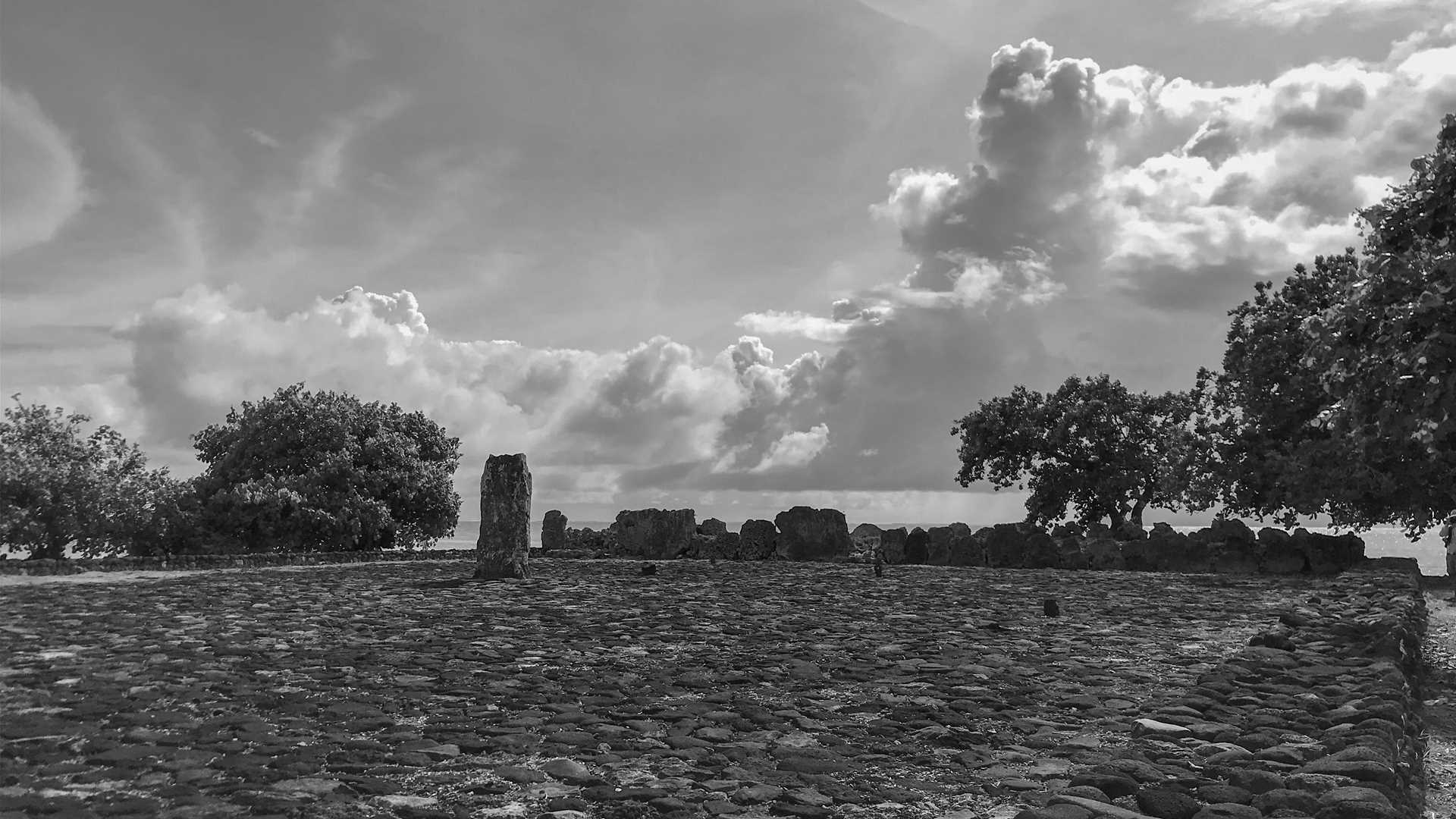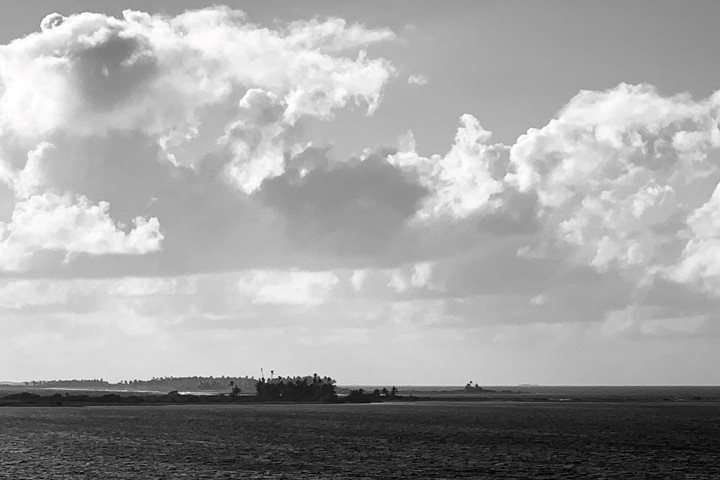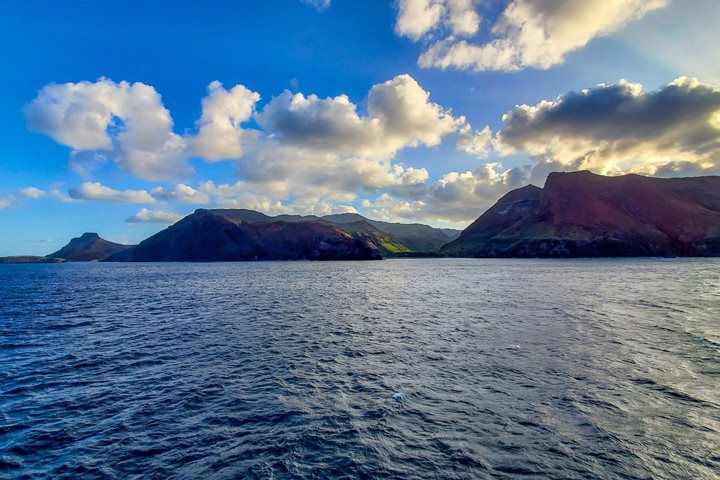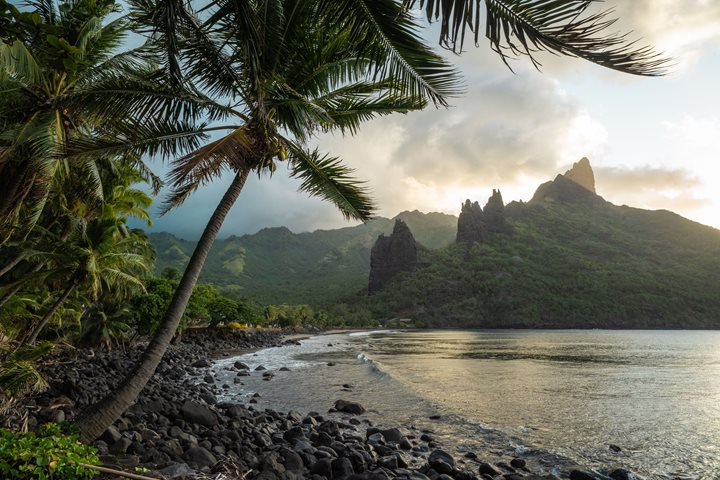The islands of Raiatea and Taha’a share one lagoon, and many locals in turn refer to them as the “twin islands.” We started the day with the incredible opportunity of visiting the sacred site of Taputapuatea, a site recently designated as an UNESCO World Heritage Site. This archeological area has several altars, called “marae,” which have seen use for a variety of ceremonies here on Raiatea. From research in the area, we know this site first saw use around 1000 AD and over time became the center of religious and voyaging activity across the Polynesian Triangle. The influence of this marae, and the cult of Oro, god of war, expanded far distances all the way to Hawai’i and Aotearoa (New Zealand).
Our guests had the chance to explore the site and visit the various altars, where the kings received the red-feathered girdle at Te Papa Tea O Ruea, and where the drum of Ta’imoana once sounded, demanding human sacrifice.
The restoration of this place has made it a new center for Polynesian culture, one that now bands the different island groups in celebration of their culture and identity. It is a place where to this day still all voyaging canoes must stop and pay tribute, a symbol of the brotherhood between islands across the Pacific Ocean.
In the afternoon we sailed to the neighboring island of Taha’a, called the vanilla island, where near 80 percent of Polynesian vanilla is derived. Our guests visited a small family farm to learn the process of cultivating this spice, which is the second most expensive in the world after saffron. An intensive manual process takes place to acquire these exquisite pods. The smell of the drying vanilla perfumed the farm, as our guests gathered around one of the farmers to learn about the plant.
We also had the chance to relax and enjoy the calm waters of the lagoon. Our guests had the chance to snorkel and take in the height of the day along the beach. A perfect end to another outstanding day in the paradise that is French Polynesia.









